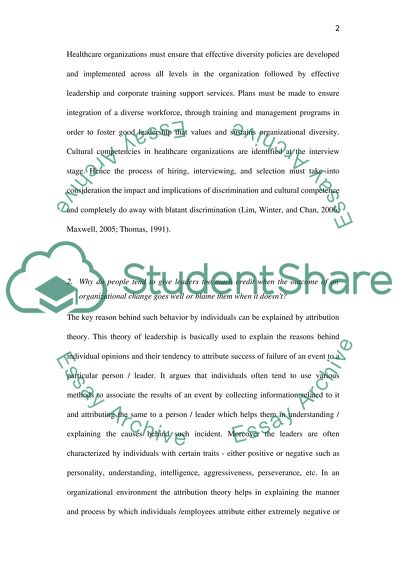Cite this document
(“Leadership and Change Essay Example | Topics and Well Written Essays - 1000 words”, n.d.)
Retrieved de https://studentshare.org/health-sciences-medicine/1468667-leadership-and-change
Retrieved de https://studentshare.org/health-sciences-medicine/1468667-leadership-and-change
(Leadership and Change Essay Example | Topics and Well Written Essays - 1000 Words)
https://studentshare.org/health-sciences-medicine/1468667-leadership-and-change.
https://studentshare.org/health-sciences-medicine/1468667-leadership-and-change.
“Leadership and Change Essay Example | Topics and Well Written Essays - 1000 Words”, n.d. https://studentshare.org/health-sciences-medicine/1468667-leadership-and-change.


